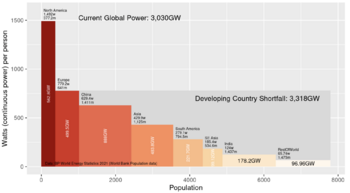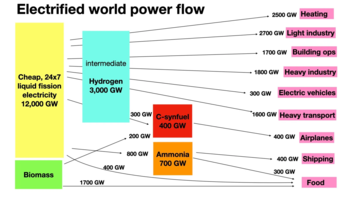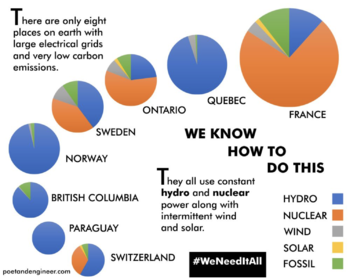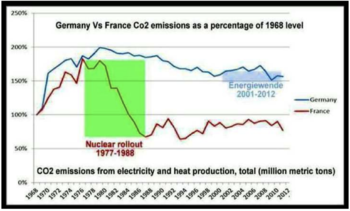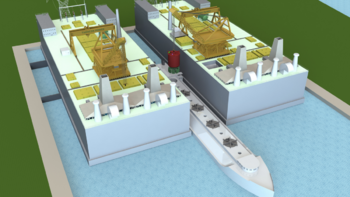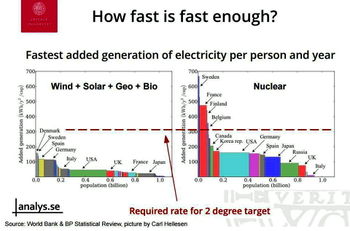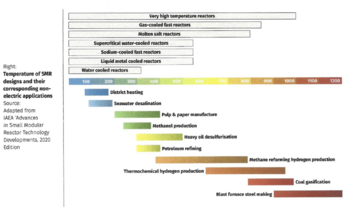Energy policy and global warming
Jump to navigation
Jump to search
- See also: Nuclear_power_reconsidered
File:Low-carbon-share-energy.png
Fig.8 Few countries are now on track.
National energy policies have had a profound effect on success in reducing CO2 emissions. Some countries have made substantial progress in meeting the goals they have agreed to. Very few are moving fast enough to limit global warming to 2 degrees C. This article is a brief review of the options for decarbonizing our world.
Further Reading
Electrifying Our World Robert Hargraves' excellent overview of energy, the growth human civilization, and possible solutions to the current climate crisis.
Our World in Data has a section on Energy and Environment with nice interactive graphics.
World Nuclear Information Library a well-organized authoritative collection of information on nuclear power.
